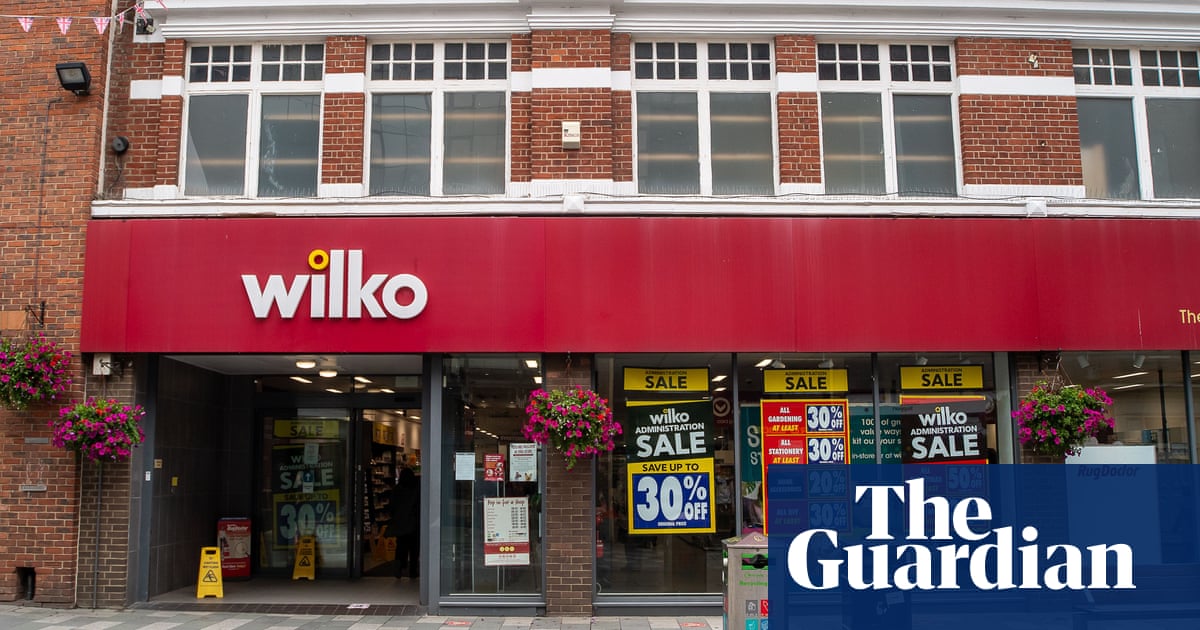
The Great Bubble Barrier is just that – a wall of bubbles. It gurgles across the water in a diagonal screen, pushing plastic to one side while allowing fish and other wildlife to pass unharmed.
The technology, created by a Dutch firm and already being used in Amsterdam, is being trialled in the Douro River in Porto, Portugal, as part of the EU-supported Maelstrom (marine litter sustainable removal and management) project.
It is the latest in a series of new technologies designed to find sustainable ways to remove and treat river debris before it reaches the sea.
Plastic can be spread by natural disasters, such as a tsunami, which can push invasive species and debris halfway across the world. But rivers carry a much more regular supply of plastic to the oceans. Research in 2017 found that 10 river systems transport 90% of all the plastic that ends up in the world’s oceans (two in Africa – the Nile and Niger – with the other eight in Asia: the Ganges, Indus, Yellow, Yangtze, Haihe, Pearl, Mekong and Amur).
Molly Morse, a scientist at UC Santa Barbara’s Benioff Ocean Initiative and lead on its global Clean Currents Coalition, says: “In some cases, communities don’t have access to proper waste pickup services and must turn to what might seem to be the only alternative: dump the trash directly in the river to be carried away.
“In other cases, plastic litter on land is moved by rain or wind into a river, where […] the plastic may make its way to the ocean.”
An estimated 0.8m to 2.7m tonnes of plastic are carried by rivers to the ocean each year. That is the equivalent of 66,000 to 225,000 doubledecker buses.
Without barriers, river currents carry plastic directly to the sea, where it becomes far trickier to tackle: plastic often floats for vast distances, can host invasive species and becomes part of the wider plastisphere, such as the concentration of seaborne waste in the Great Pacific garbage patch.
That is why some scientists are calling for greater efforts to stop plastic going into rivers in the first place. A 2020 study found that a “significant reduction” of plastic in the ocean could be achieved only by stopping it reaching the sea, or through a combination of river barriers and other clean-up devices.
Cue inventors, who have developed an array of river barriers and collection devices to catch and remove riverine plastic – from simple nets and booms to conveyor belts and robots.
Mr Trash Wheel, known officially as the Inner Harbor Water Wheel, is a conveyor-belt system powered by currents and solar energy, launched in 2014 in the US city of Baltimore. Long booms with submerged skirts funnel waste into a central hub, where autonomous rakes scoop it on to a conveyor belt that deposits it on a barge, with more than 17 tonnes collected in a day.
Once full, the barge takes the rubbish to be incinerated in a power plant, though it is hoped that eventually the collected waste can be sorted and recycled. There is now a whole family of Trash Wheels in Baltimore, the latest addition being Gwynnda, the Good Wheel of the West.
Or there’s the Interceptor, a floating, solar-powered device developed by the non-profit organisation The Ocean Cleanup, billed as the “world’s first scalable solution” to rid the oceans of plastic. Similar but larger than the trash wheel, it has barriers that guide rubbish on to a conveyor belt, where a shuttle distributes it among five onboard waste bins.
Another design, the Azure barrier, developed by the UK-based startup Ichthion to operate in any river, can remove up to 80 tonnes of plastic a day using durable, tide-sensitive booms that direct plastic to extraction points along the bank. The plastic is processed into flakes for recycling.
Other more hi-tech inventions include the WasteShark, an electronically controlled “aquadrone” that preys on plastic – up to 350kg at a time. Using algorithms from the German Research Center for Artificial Intelligence, the WasteShark moves around and back to its docking station autonomously, where up to five of the catamaran-shaped vessels can deposit the collected plastic and recharge. The design, developed by a Dutch startup, RanMarine, is due to be showcased at CES 2022 in Las Vegas this month.
While the cost of implementing these technologies may be feasible for some cities and towns – and vastly preferable to the cost of plastic pollution, which it is estimated will reach $7.1tn (£5.25tn) by 2040 – there are many other factors to consider. These include, says Morse, “the physical river characteristics, amount of waste, seasonal changes, ecology, power sources, workforce availability, security, boat traffic [and] funding”.
Philip Ehrhorn, co-founder of the Great Bubble Barrier, says: “One of the biggest challenges we face is the lack of regulation regarding plastic pollution in our waterways and thereof the lack of ownership and responsibility for the problem.
“The urgency to solve our plastic pollution problem in rivers is down to forward-thinking water authorities and governments, since plastic is not yet officially considered a water pollutant,” he says.
Most of the world’s top 20 plastic-polluting rivers are in developing countries. But Ehrhorn adds: “Europe still has a huge issue with plastic pollution, which shouldn’t be ignored nor underestimated.”
EU laws were introduced in January last year to tackle the “wild west” of plastic waste being dumped in poorer countries; the UK is one of Europe’s worst offenders, exporting about 70% of its plastic. But the wildest west lies across the Atlantic: the US is the world’s biggest plastic polluter, accounting for more than all EU countries combined.
There is no one-size-fits-all solution, says Morse. “Rivers vary immensely in respect to factors such as depth, width, flow and seasonality. What might work in a massive river like the Mississippi in the United States, which flows all year round, likely will not work for a smaller, more seasonal river like the Tijuana in Mexico.”
In Ecuador, Ichthion’s Azure prototype had problems on the Portoviejo River. Data had suggested the river’s depth varied in the wet and dry seasons by two metres; in reality, it fluctuated by as much as four metres within a few days.
Getting support from the local people and permission for new infrastructure can also be difficult. For the Clean Currents Coalition, which is working with eight teams around the world, simplicity works best.
“The most successful solutions have been the simpler technologies – such as booms, barriers and traps – that are manufactured locally and require manual removal of the captured waste,” Morse says. This can also create extra jobs.
One example of these is Wildcoast’s “brute boom” at the Los Laureles Canyon, a tributary of the Tijuana River. The double-walled float stretches across the river and allows the boom to move with the changing depth. A suspended steel mesh catches the plastic, which is taken for processing once the boom is full. Reports from San Diego in California suggest that it has succeeded in reducing plastic downstream.
TerraCycle’s river traps, which are installed in some of Bangkok’s 1,600 polluted canals, catch up to 2.5 tonnes of waste a day, helping to recycle plastic instead of sending it to landfill.
A German startup, Plastic Fischer, has installed TrashBooms in waterways in Indonesia, India and Vietnam. It advocates a local, low-tech and low-cost approach, using locally manufactured mesh-and-float barriers to catch rubbish.
Many environmentalists argue that these innovations treat the symptoms, not the problem, and that the only real solution is to curb plastic production. But, with plastic manufacturing shipments estimated to have risen by 2.2% last year by the Plastic Industry Association, this is not likely any time soon.
“If we’re going to keep producing, consuming and disposing of plastics at, or near, our current rate, our ability to manage it needs to catch up – and quickly,” says Morse.












